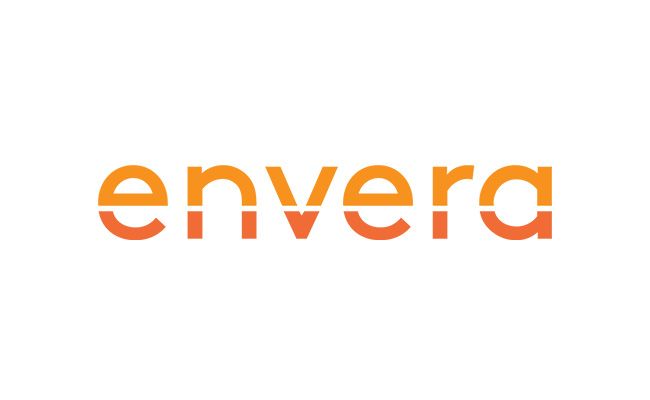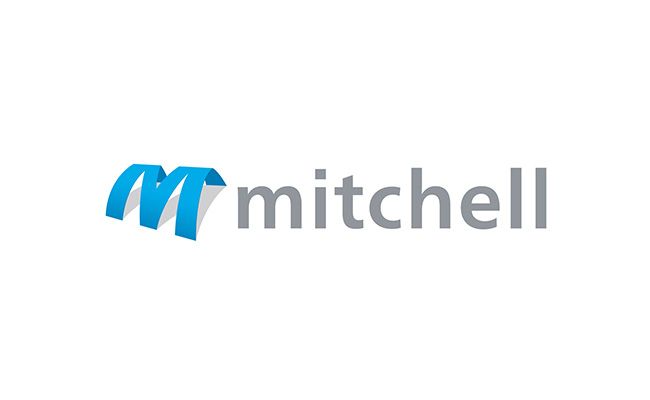CXOne Personal Connection
Introduction
Traditional routing systems—based on static rules like skills, queues, and time-of-day—fail to capture the complexity of today’s customer expectations. These systems may connect calls quickly, but not intelligently.AI-powered routing uses machine learning, behavioral analytics, and real-time context to match each customer to the ideal agent, channel, or resolution path. This approach optimizes outcomes like first contact resolution (FCR), customer satisfaction (CSAT), and agent performance—without requiring manual intervention.This guide explores the technology, design, and implementation strategies behind AI-powered routing and how NiCE clients use it to improve business outcomes at scale.Why Traditional Routing Falls Short
- Static rule logic can’t adapt to customer behavior in real time
- Queue-based matching overlooks agent performance trends
- Skill matching doesn’t account for emotional tone or intent
- Manual updates are slow and reactive
- No real-time optimization or experimentation
What Is AI-Powered Routing?
AI-powered routing dynamically matches each interaction to the optimal outcome path based on:- Customer attributes and intent
- Agent behavior, skills, and historical performance
- Channel availability and cost efficiency
- Sentiment and urgency detection
- Business outcomes (e.g., conversion, churn prevention, upsell)
Key Components of AI-Powered Routing
1. Intent Recognition Engine
Uses NLP and machine learning to analyze what the customer wants from the very first input—voice, chat, IVR, or digital form.Sources of intent data:- IVR selections
- Natural language chat inputs
- Keyword/phrase detection from real-time transcription
- CRM history and past tickets
2. Dynamic Agent Scoring Models
Each agent is scored dynamically based on performance in specific scenarios (e.g., billing, retention, technical support).Inputs include:- Average handle time by interaction type
- CSAT/NPS per customer segment
- Conversion or save rate
- Schedule adherence and responsiveness
3. Predictive Matching Algorithms
Based on both historical and real-time data, these models calculate the probability of successful outcomes across all available routing options.Examples:- Agent A has a 92% success rate with loyalty plan upgrades
- Agent B resolves 95% of technical chat inquiries in under 5 minutes
- Bot X deflects 68% of repeat password reset queries
4. Multichannel Context Routing
The AI engine uses cross-channel data to make informed decisions. For example, if a customer attempted self-service on the website, that context guides whether the case should go to a live agent or advanced bot.Example: A customer who spent 3 minutes trying to cancel via chatbot is routed directly to a human retention specialist with that transcript preloaded.5. Outcome Optimization Loop
Every routing decision is scored and fed back into the model to retrain the algorithm and optimize for future matches.Common outcome variables:- First contact resolution
- Interaction sentiment delta (start vs. end)
- Agent-reported confidence rating
- Repeat contact likelihood
Benefits of AI-Powered Routing
1. Higher First Contact Resolution (FCR)
Customers reach the right person—or automation—on the first attempt.2. Increased Agent Productivity
Agents spend more time resolving, less time transferring or clarifying.3. Better CX and Personalization
AI understands not just the issue, but the best way to resolve it for that customer.4. Reduced Average Handle Time (AHT)
The right agent can resolve issues faster, even as volume increases.5. Measurable Outcome Improvements
AI routing aligns with business KPIs (e.g., revenue, churn reduction, cost containment).Use Cases by Function
Architecture Overview
1. Routing Brain (ML Inference Layer)
- Trained using historical CRM, ACD, and WEM data
- Outputs match score matrix for each interaction
- Supports real-time decisioning (<200ms latency)
2. Context Graph (Customer + Interaction Layer)
- Stores current session metadata (device, channel, queue, previous attempts)
- Connects to CRM for customer segmentation and history
3. Agent Profile Layer
- Pulls agent skill, performance, and schedule data from WEM/WFM
- Adjusts scores in real time based on shift and workload
4. Routing Execution Engine
- Enforces real-time connection to best path (agent, bot, IVR, deferral)
- Uses APIs, WebRTC, or SIP routing to execute decisions instantly
Challenges and Mitigations
KPIs to Track
Persona-Based Benefits
For Contact Center Leaders
- Align routing with strategic KPIs (saves, revenue, SLA)
- Reduce overhead from manual queue design
For Supervisors
- Monitor success per agent and routing pattern
- Reduce escalations and coaching needs
For Agents
- Handle interactions aligned to strengths
- Increase job satisfaction and resolution success
For Customers
- Avoid unnecessary handoffs
- Get faster, more personalized resolutions
- Experience smarter, more contextual service
Compliance and Ethics in AI Routing
- Fairness: Models trained to avoid bias in routing by gender, age, language, or location
- Transparency: Confidence scoring and routing logs auditable in compliance reports
- Security: All inference and routing decisions encrypted and role-gated
- Data Governance: Compliant with GDPR, CCPA, HIPAA as applicable





